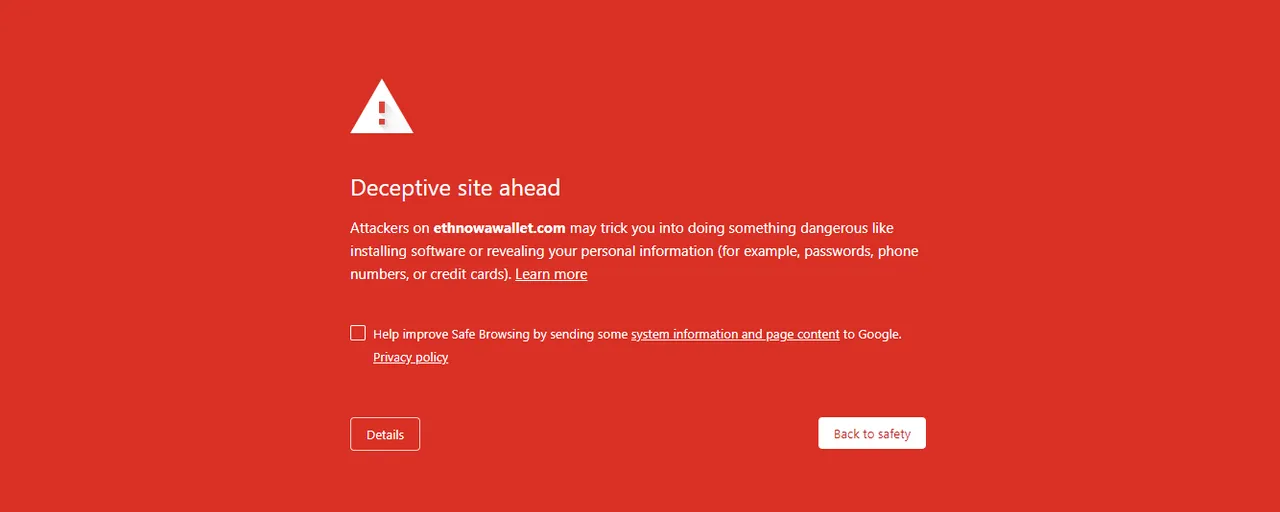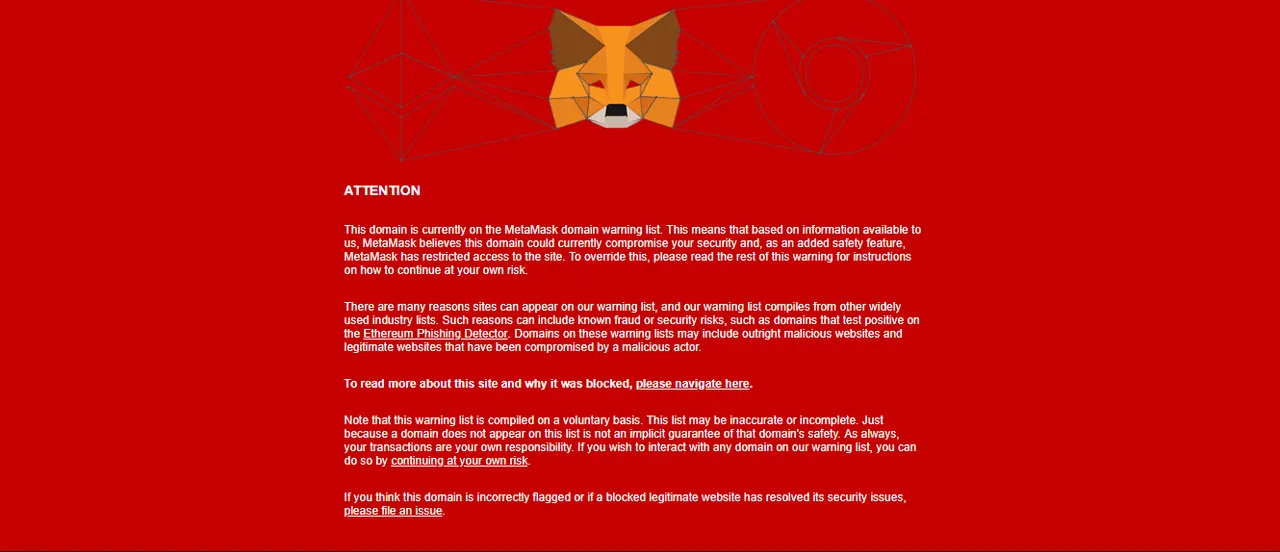Two Ethereum hard forks have been in the talk of the mouth all over the crypto-space for days. The first one, Ethereum Classic Vision, was set to do the snapshots in personal ETH wallets on January 11. The other one is Ethereum Nowa, set to be today January 12. While a lot of ETH holders are thrilled about these two forks, experts and researchers are debunking and warning us about the two scams.
After some research and investigation, studies find that both "scam forks" are likely to "fish" the private keys of users. In Ethereum Nowa, in order to claim them, one must send ETH to a dedicated tool (or wallet), which can be found in http://ethnowawallet.com/ (NOTE: Google Chrome alone can detect it is already a phishing clone of MyEtherWallet site).

The pictures of its team on their official website (http://ethnowawallet.com/) is also reported to be only stock images from Freepik and Shutterstock, among others.
In Ethereum Classic Vision case, though it look more formal and more legit, when the experts analyze its structure, found out that there's a code in its back end that sends your private key data to the ETH Classic Vision servers. After which it will be masked as a dummy token. If you have MetaMask extension on your browser, when you visit their official website of this scam fork, there is already a long text warning you of the threat:

Experts highly warn us not to fall for all hard fork we will hear or see in the Internet. Especially now that we are becoming more digitally advanced as time passes. The only legitimate hard fork in Ethereum is on January 16, known as Constantinople Hard Fork, which will see Ethereum migrating from Proof-of-Work (POW) to POS (Proof-of-Stake), meaning it might bring smoother transaction speeds and low fees.